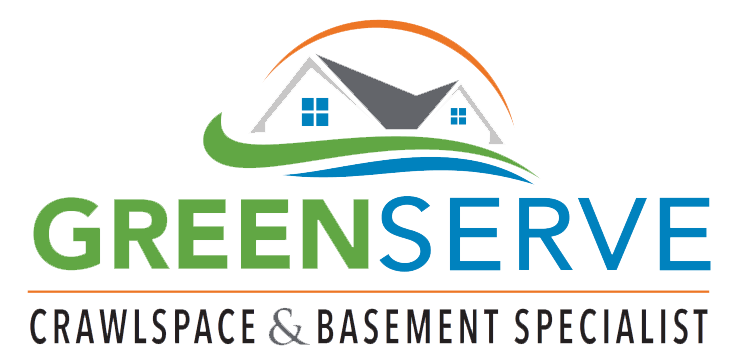House Mold Prevention in Charlotte, Statesville, Greensboro and the Piedmont Triad Area
Mold. The very word is enough to make a person cringe. Yes, mold can be good — it’s essential in making brie and penicillin, for example, and necessary for the decomposition of organic matter in nature — but it can also be very, very bad, especially when it grows undetected in your home. Mold spores spread easily and cannot be completely eradicated. Mold can grow anywhere: on carpet, clothing, food, paper, and even in places you can’t see, such as the backside of drywall, areas inside walls around leaking or condensing pipes, and above ceiling tiles. Not only is a mold problem difficult and costly to fix, but mold can also produce allergens and irritants (and, rarely, toxins) that may compromise your health. So what can you do if you’re concerned about mold growing in your home?
The best approach is preventing mold before it becomes a problem. The key to mold prevention is simple: moisture control..
Preventing Mold – Homeowners Must Be Diligent
Mold and mildew need moisture and are secondary types of water damage.
1. Identify problem areas in your home and correct them. You can’t mold-proof your home, but you can make it mold-resistant. Do an audit of your home: where are the problem areas?
2. Dry wet areas immediately. Mold can’t grow without moisture, so tackle wet areas right away.
3. Prevent moisture with proper ventilation. Vent appliances that produce moisture — clothes dryers, stoves — to the outside (not the attic). Use AC units and dehumidifiers (especially in humid climates).
4. Equip your home with mold-resistant products. Building a new home or renovating an old one? Use mold-resistant products like mold-resistant drywall or mold-resistant Sheetrock, and mold inhibitors for paints.
5. Monitor humidity indoors. The EPA recommends keeping indoor humidity between 30 and 60 percent. You can measure humidity with a moisture meter purchased from your local hardware store.
6. Direct water away from your home. If the ground around your home isn’t sufficiently sloped away from the foundation, water may collect there and seep into your crawlspace or basement.
7. Clean or repair roof gutters. A mold problem might be a simple matter of a roof that is leaking because of full or damaged gutters. Have your roof gutters cleaned regularly and inspected for damage. Repair them as necessary, and keep an eye out for water stains after storms that may indicate a leak.
8. Improve air flow in your home. According to the EPA, as temperatures drop, the air is able to hold less moisture. Without good air flow in your home, that excess moisture may appear on your walls, windows and floors. To increase circulation, open doors between rooms, move furniture away from walls, and open doors to closets that may be colder than the rooms they’re in. Let fresh air in to reduce moisture and keep mold at bay.
Greenserve knows that it is much better living in a home where you can breathe easily. That is why with our professional crew handling the situation and the 10 years of experience we have, your home will be spared from mold and mildew, relieving you from the musky odors, as well as creating a safe and healthy place for you and your family. Give us a call at: (980) 432-0042 or fill out the contact form below.

